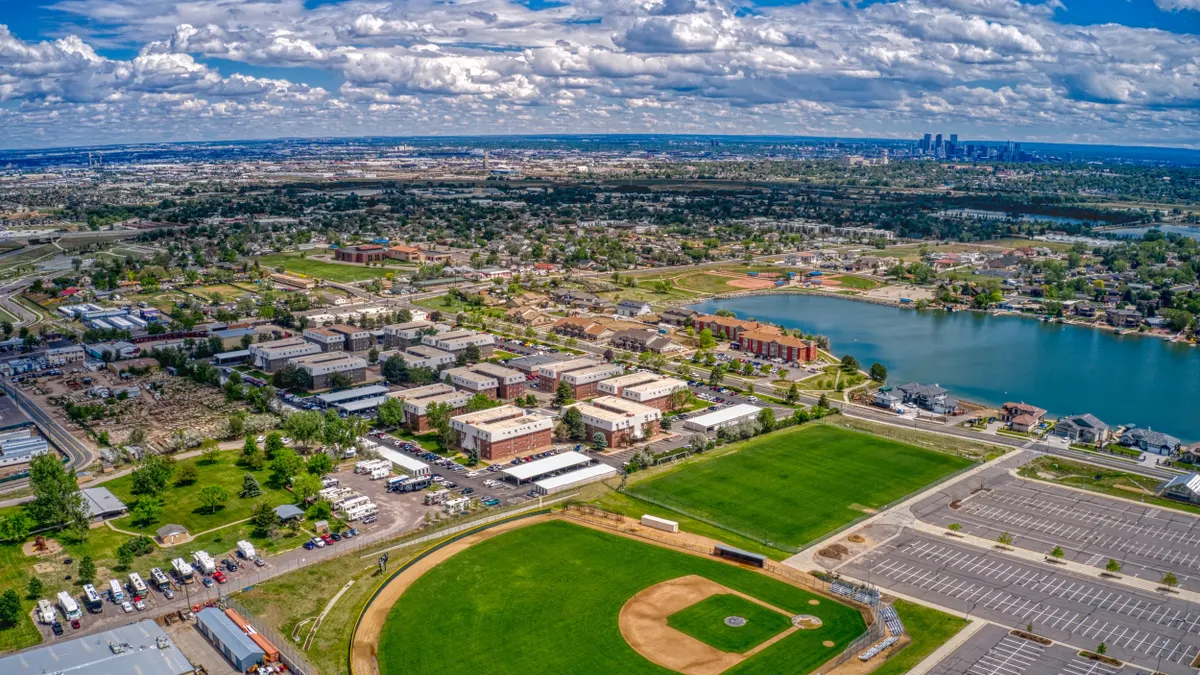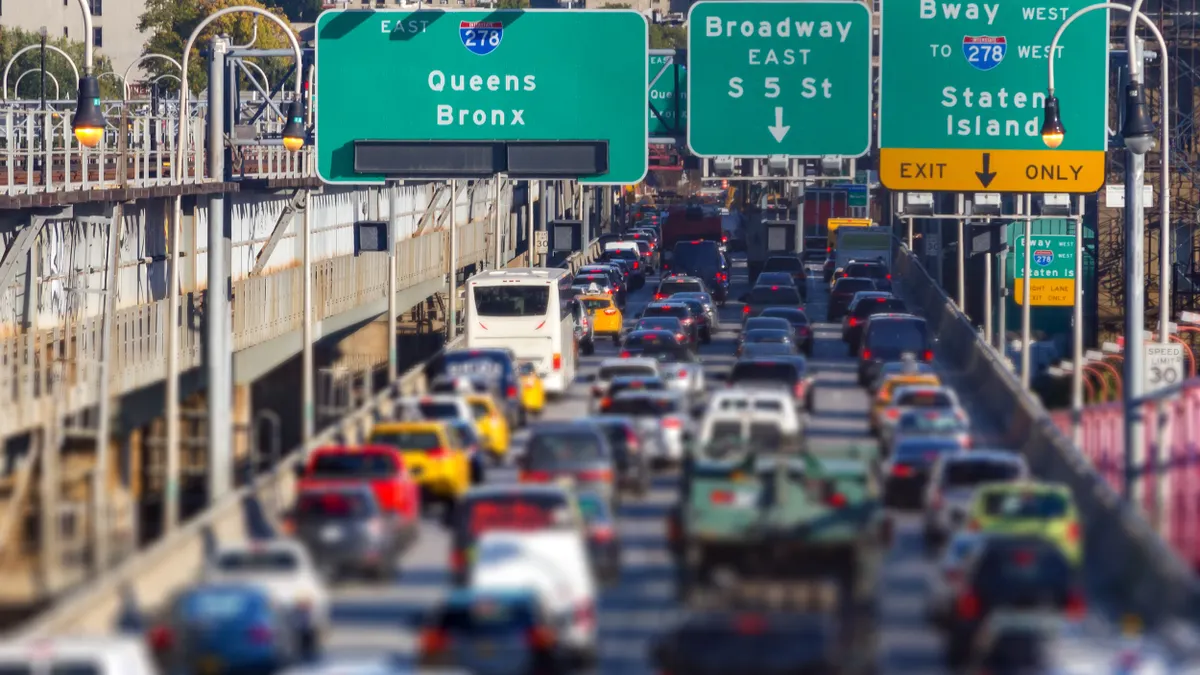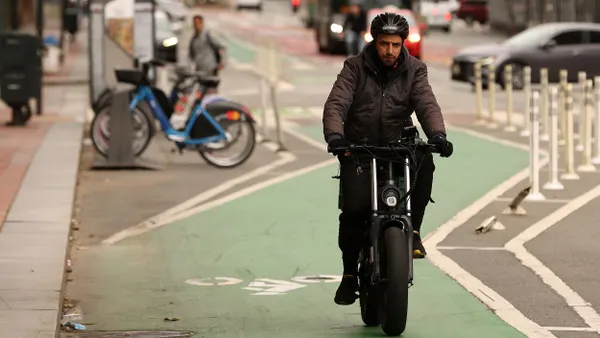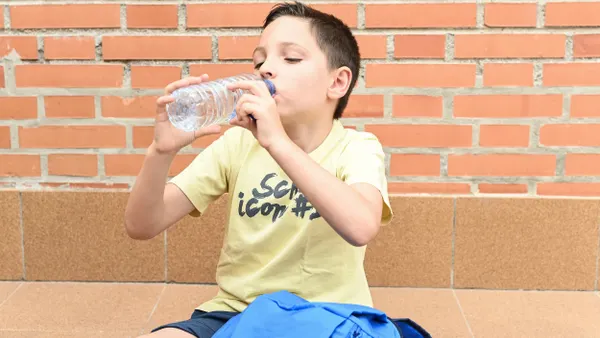Dive Brief:
- As the 20th anniversary of Hurricane Katrina approaches next week, climate advocates warned during a press briefing on Thursday that federal funding cuts are exacerbating the challenges of climate-related emergency preparedness and recovery.
-
By eliminating the Federal Emergency Management Agency’s Building Resilient Infrastructure and Communities program, canceling Environmental Protection Agency climate justice grants and targeting Inflation Reduction Act funds that help cities and states prepare for extreme weather events and build coastal resilience, the Trump administration is “leaving communities stuck in the middle on their own,” said Sam Sanker, senior vice president of programs for Earthjustice.
-
“My focus would be on preparedness, that we need to up our game,” said Lt. Gen. Russell Honoré, who coordinated military relief efforts for Gulf Coast areas as commander of Joint Task Force Katrina in 2005.
Dive Insight:
After Hurricane Katrina made landfall as a Category 3 storm near Grand Isle, Louisiana, on Aug. 29, 2005, numerous levee failures around New Orleans caused catastrophic flooding. Nearly 1,400 people died — 40% of them by drowning — and total damage was estimated to be $125 billion.
“It did not have to happen,” Sanker said. “The government failed the people of New Orleans and elsewhere because we weren't prepared and because we had underinvested in the things that would have prevented the disaster, most notably the levees.”
When Katrina hit, “the entire nation witnessed the consequences of that neglect,” said Beverly Wright, founder and executive director of the Deep South Center for Environmental Justice.
Wright said she has worked alongside other advocates to build resilience and protect communities in the 20 years since, but the Trump administration’s funding cuts “are leaving the same communities vulnerable to the same kind of disasters — or should I say, worse disasters.”
“It's now late August in Louisiana,” Wright said. “It's hot, and any day, the next devastating storm could land on our radar. We know how to prepare. We just don't have the resources because they are being illegally withheld by an administration that is completely indifferent to our communities.”
In the absence of federal funding, local governments, churches and community organizations need to educate people about how to protect themselves and identify vulnerable community members, Wright said. Lack of federal resources is forcing communities to reconnect, she added.
“We’ve got to organize communities to make sure that no neighbor gets left behind,” Honoré said. Most of the New Orleans residents who had to be rescued during the Katrina flooding were “elderly, disabled and poor — and the majority of them were home alone,” he said.
Local governments can still have an impact, said Jennifer Crosslin, project manager for Buy-In Community Planning, an organization helping Gulf communities that are still recovering from Katrina. To maintain eligibility for FEMA’s Hazard Mitigation Assistance grant programs, cities are required to update their hazard mitigation planning every five years, she said. Often these plans don’t get implemented because they get politicized or elected officials have different priorities, she added.
“Community-impacted people and residents are really left out of the conversation,” Crosslin said. “But the more civic engagement, the more partnerships with community-based organizations, the more likely … these plans will be implemented.











